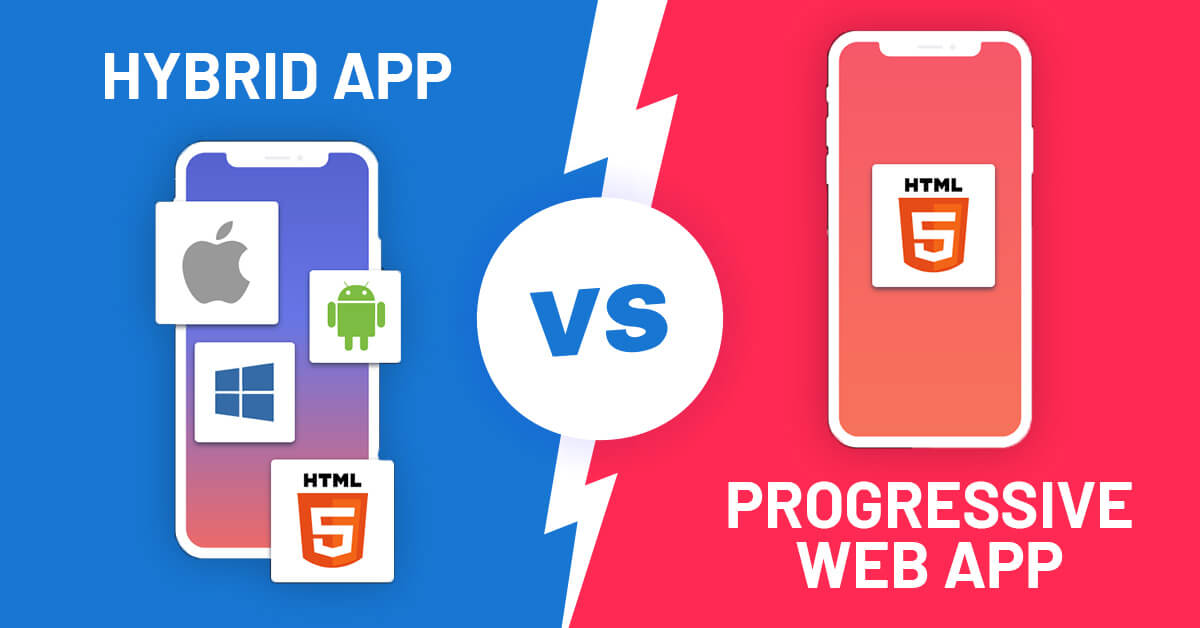The Evolution of Web Technologies: From HTML to Progressive Web Apps
The internet, once a simple collection of static HTML pages linked together, has undergone a remarkable evolution over the years. From the early days of the World Wide Web, where basic HTML (HyperText Markup Language) laid the foundation, to the advent of sophisticated Progressive Web Apps (PWAs) transforming user experiences, web technologies have come a long way.
In the late 1980s, Tim Berners-Lee proposed the concept of the World Wide Web, introducing HTML as the standard markup language for creating web pages. HTML, with its tags and attributes, allowed developers to structure content and create hyperlinks, shaping the web’s initial landscape. As the internet gained popularity, web technologies progressed rapidly.
One significant advancement was the introduction of CSS (Cascading Style Sheets) in the late 1990s. CSS allowed developers to separate content from presentation, enabling more sophisticated and visually appealing websites. Alongside CSS, JavaScript emerged, providing interactivity and dynamic content. This trinity of technologies—HTML, CSS, and JavaScript—became the cornerstone of web development.
The early 2000s witnessed the rise of AJAX (Asynchronous JavaScript and XML), enabling seamless data exchange between the client and server without refreshing the entire page. This marked a pivotal moment in web development, laying the groundwork for more interactive and responsive web applications.
The introduction of web development frameworks further accelerated the evolution. Frameworks like Angular, React, and Vue.js, built on JavaScript, revolutionized how developers approached building web applications. Angular, developed by Google, offered a comprehensive framework for building dynamic, single-page applications (SPAs). React, maintained by Facebook, emphasized component-based development, simplifying UI management and enhancing performance. Vue.js, a progressive framework, combined ease of integration with flexibility, making it popular among developers.
With the rise of mobile devices, responsive web design became essential. CSS frameworks like Bootstrap provided responsive grid systems and pre-designed UI components, ensuring consistent user experiences across various devices and screen sizes.
The concept of Progressive Web Apps (PWAs) emerged as a natural evolution of web technologies, combining the best of web and mobile applications. PWAs leverage service workers, enabling offline access, push notifications, and fast loading times. They provide an app-like experience within the browser, eliminating the need for installation. PWAs, supported by modern browsers, have redefined user engagement on the web, bridging the gap between web and native applications.
Today, the evolution continues with technologies like WebAssembly, allowing high-performance execution of code written in languages like C++ and Rust directly in the browser. Additionally, Web Components, a set of web platform APIs, enable the creation of reusable custom elements, enhancing modularity and reusability in web development.
In conclusion, the evolution of web technologies from basic HTML to sophisticated Progressive Web Apps represents a journey of innovation, collaboration, and creativity. As technologies continue to advance, the future of web development holds the promise of even more immersive, accessible, and interactive online experiences, shaping the digital landscape for generations to come.



